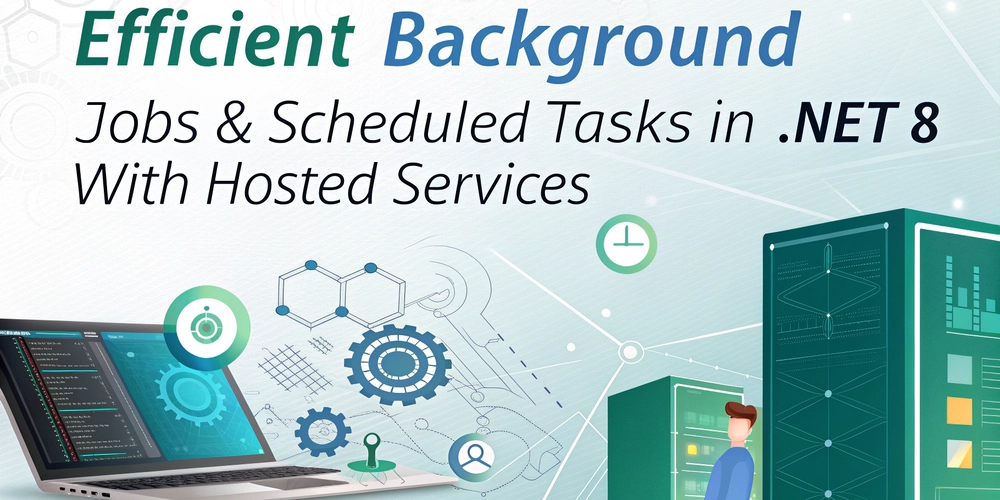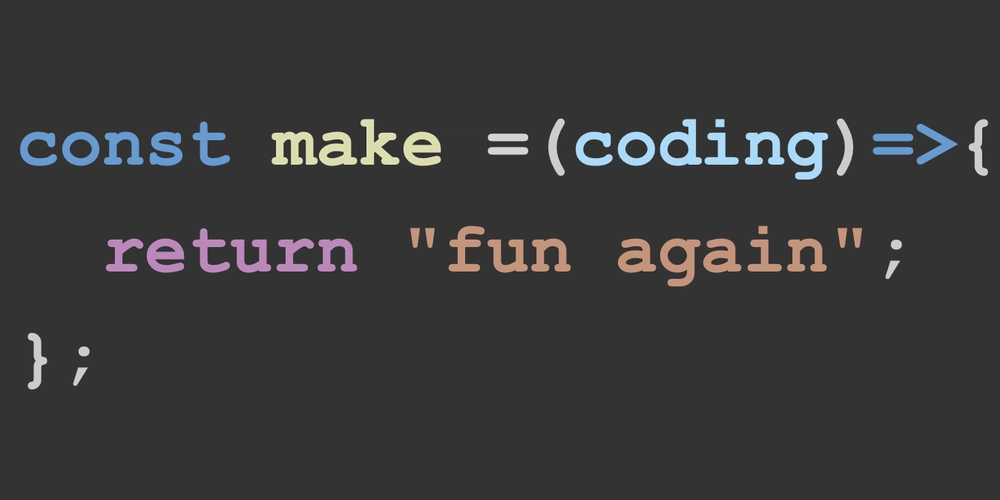Monitor Kubernetes Clock Drift: Chrony Tracker for Azure AKS
Worried about clock synchronization issues in your Azure Kubernetes Service (AKS) cluster? Inaccurate time can lead to problems with scheduled tasks, log analysis, and even data consistency. The Chrony Tracker project provides a simple solution for monitoring and alerting on clock drift within your AKS environment.
This guide shows you how to use Chrony Tracker to ensure reliable time synchronization in your Kubernetes deployments using Managed Prometheus and Grafana. This approach helps you to identify and resolve clock-related issues before they impact critical applications.
Why Monitor Clock Synchronization in Kubernetes?
Clock drift, even by a few milliseconds, can cause significant problems in distributed systems. Here's why regular monitoring is vital:
- Accurate Logging: Timestamps on logs are crucial for troubleshooting and auditing. Clock skew can make correlating events across different nodes difficult.
- Scheduled Tasks: Cron jobs and other time-based processes rely on accurate time. Drift can lead to tasks running at the wrong time or not running at all.
- Data Consistency: If databases or other distributed systems aren't properly synchronized, data inconsistencies and conflicts can arise.
Key Features of Chrony Tracker
Chrony Tracker utilizes a lightweight exporter to monitor the Chrony time synchronization service within your AKS cluster. Here's what you get:
- Real-time Clock Error Metrics: Exposes
chrony_clock_error_ms, a Prometheus metric representing clock error in milliseconds. This metric combines last offset, root dispersion, and root delay for a holistic view. - Containerized for Kubernetes: Designed as a DaemonSet, ensuring the exporter runs on every node in your AKS cluster, providing comprehensive monitoring.
- Seamless Prometheus Integration: Includes a ConfigMap for easy integration with Prometheus, allowing you to scrape metrics and create alerts.
- Enhanced Security: Operates as a non-root user within a read-only filesystem for improved security and compliance.
How Chrony Tracker Works
The Chrony Tracker leverages the existing Chrony service on your Kubernetes nodes. Here's a breakdown of the process:
- Accessing Chrony: The DaemonSet exposes the host's Chrony socket (
/run/chrony) to the pod, allowing it to query the Chrony service. - Exporter Script: The
chrony_exporter.pyscript executes thechronyc trackingcommand and parses the output to calculate the clock error. - Metric Calculation: The script calculates clock error using the formula:
clock_error = |last_offset| + root_dispersion + (0.5 * root_delay). - Prometheus Exposure: The calculated clock error is exposed as the Prometheus metric
chrony_clock_error_ms. TheSLEEP_INTERVALvariable controls the data generation frequency. - Secure Execution: The
entrypoint.shscript ensures the exporter runs as a non-root user for enhanced security.
Setting Up Chrony Tracker for AKS Clock Monitoring
Follow these steps to deploy Chrony Tracker in your AKS cluster:
Prerequisites:
- Python 3.8+ and Prometheus client library
- Azure Kubernetes Service (AKS) cluster running
- Azure Managed Prometheus and Grafana enabled (or your own Prometheus/Grafana setup)
Steps:
- Clone the Repository:
- Build the Docker Image:
- Push to Container Registry: Push your Docker image to Azure Container Registry or your preferred container registry.
- Update Deployment: Edit
chrony-ds.yamland replace<your_image_tag>with your image: - Deploy the DaemonSet:
- Apply Prometheus ConfigMap:
- Refresh Prometheus Configuration: Delete the "ama-metrics-xxx" pods to apply the new configurations.
- Visualize in Grafana: Access Azure Managed Grafana to view the
chrony_clock_error_msmetric and create dashboards and alerts.
Enhancing Kubernetes Security
Chrony Tracker incorporates several security best practices:
- Non-Root User: The pod runs as a non-root user, minimizing the impact of potential vulnerabilities.
- Read-Only Filesystem: The pod operates within a read-only filesystem, preventing unauthorized modifications.
By implementing these features, Chrony Tracker helps to create a more secure and resilient Kubernetes environment.















